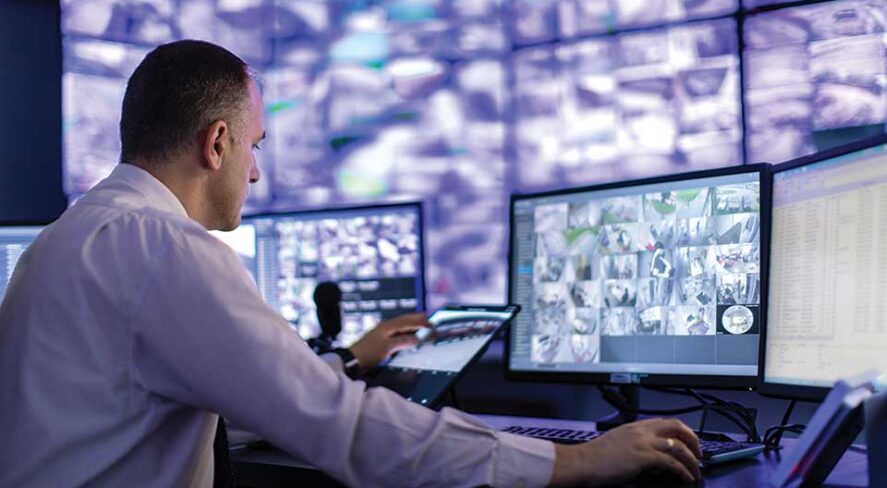Security Shifts: The Technology Trends Creating a Safer World

Cloud and AI are remaking video surveillance

It is quite clear that technology is undergoing significant changes, and it is largely thanks to major advances in artificial intelligence (AI) and cloud computing. These developments are in line with what experts like Bill Gates have been predicting: a significant boom in technology over the next few years, driven by the increasing power of AI.
AI is revolutionizing industries by enhancing efficiency and fostering new innovations. At the same time, cloud computing use is growing because of its ability to deliver a scalable and flexible infrastructure that allows data to be stored, processed and accessed from anywhere in the world. Together, AI and the cloud are changing the way we work, live and even dream. They are preparing us for a future filled with endless possibilities. And as these technologies continue to evolve, they are expected to boost productivity, improve connectivity, and offer more intelligent solutions to some of the world’s most challenging problems.
The year 2023 proved to be a pivotal point, as it saw AI evolve from early experimental stages to practical applications in the real world. It was Gates who emphasized this transition, noting that the first serious, work-related use of AI represented a significant development in our understanding of what it can achieve, and of its limitations. As we look ahead, the coming year is expected to be a period of rapid progress in the refinement and use of AI, along with other emerging technologies.
The Industrial Revolution, Reimagined
The technological revolution is transforming industries such as security and video surveillance significantly. The introduction of AI into video management systems (VMS) changes how they operate by bringing in advanced analytics. These technologies improve the way IT and security leaders use video data, making it possible to recognize objects, detect anomalies, and analyze behavior more effectively. As a result, the use of analytics in security video deployments has increased, reducing the need to have large teams of specialists and making it easier to develop and refine models.
The impact of AI on security is becoming more evident as the industry moves away from traditional methods that rely heavily on human intervention to more sophisticated strategies. Large language models play a key role in this change, improving how we interact with and understand data. New ways to create and enhance visual content are also being adopted, showing how AI is becoming more integrated into this sector. This change reflects a wider movement toward using AI to rethink the way we analyze and use data and leverage it to create a safer world.
Into the Cloud
The adoption of cloud technology in video surveillance represents a departure from traditional, localized, and often complex on-premises VMS. Despite the bandwidth concerns inherent in streaming real-time, high-definition video, the benefits of cloud solutions – scalability, adaptability and the ability to meet evolving business and security needs – are difficult to ignore. And with AI-powered analytics, cloud platforms enable the processing of vast volumes of data efficiently, providing actionable insights for both security and business intelligence.
Cloud solutions offer significant benefits for a wide range of environments, contrary to the belief that they are best suited for smaller operations. For example, video surveillance as a service has been proven to be equally beneficial for large, geographically dispersed deployments as it is for smaller ones. While challenges such as bandwidth demands and transition costs do exist, they can be navigated effectively with proactive planning and infrastructure development. Large enterprises, in particular, can benefit from cloud-based systems’ scalability and reduced hardware reliance, supporting expansion and minimizing edge hardware requirements. There is also the option to deploy a cloud solution that incorporates both structured and unstructured data, blending edge and cloud computing to create a dynamic, versatile environment for data management and analytics. This hybrid model supports analysis of traditional or AI-driven video, offering the opportunity to achieve deeper, actionable insights into security data.
The fusion of advances in cloud and video surveillance technology with the broader AI movement marks the beginning of a new era in security. These innovations promise to revolutionize video surveillance systems by enhancing efficiency, intelligence and adaptability. These technological leaps will enable leaders to adopt a proactive rather than reactive approach to risk management, significantly improving security. This shift not only echoes the technological progress anticipated by people like Gates but also heralds a new era in fostering a safer, global community.
